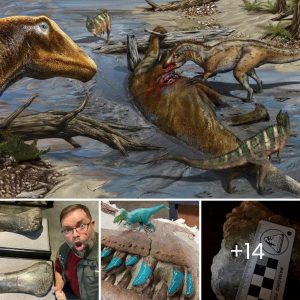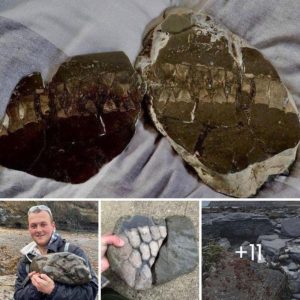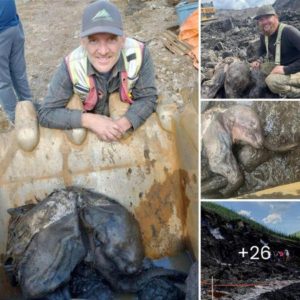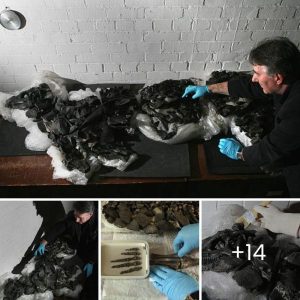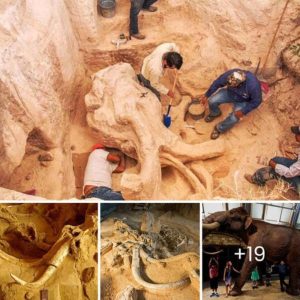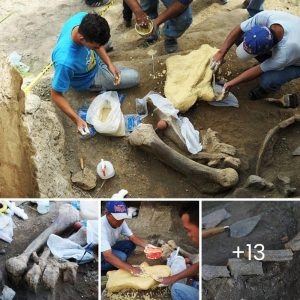In a thrilling development for paleontology enthusiasts, a remarkable discovery has been made in Italy — the fossils of an entire dinosaur herd, including the most extensive and well-preserved dinosaur skeleton ever found in the country.
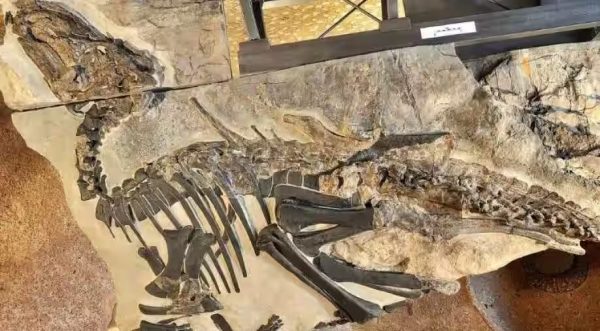
The findings were made at the Villaggio del Pescatore, a former limestone quarry located in close proximity to the northeastern port city of Trieste. These fossils offer a fascinating glimpse into the ancient past, providing new insights into the lives of these magnificent creatures.
While Italy might not be renowned for its dinosaur discoveries, the findings at Villaggio del Pescatore have certainly put the country on the paleontological map.
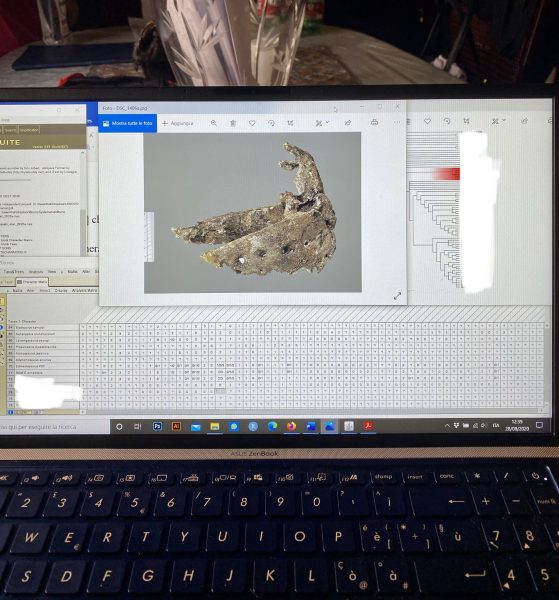
For decades, isolated dinosaur remains had been uncovered in various parts of Italy, providing tantalizing glimpses into the prehistoric past. But this latest discovery is something truly exceptional, marking a significant milestone for the field of paleontology in Italy.
The fossils in question belong to the species Tethyshadros insularis, which lived around 80 million years ago. These remarkable creatures were no small fry; they reached lengths of up to five meters, making them a substantial presence in their ancient ecosystem.
What sets this discovery apart is not just the number of fossils but the exceptional preservation of the specimens. The researchers have uncovered a veritable treasure trove of dinosaur fossils that are incredibly well-preserved, allowing for a detailed examination of these ancient animals.
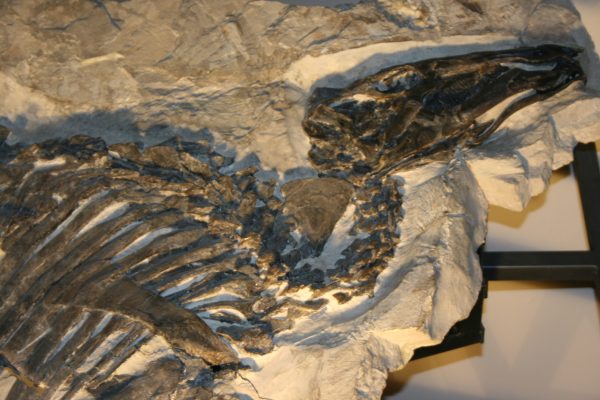
The leader of the research team, Federico Fanti, who is a professor at the University of Bologna, expressed his excitement about this groundbreaking discovery.
He remarked, “Italy is not known for dinosaurs, and, although we had a few lucky strikes in the past, now, we have a whole herd at one dinosaur site.” This significant find has certainly expanded our understanding of the distribution and abundance of dinosaurs in the region during the Cretaceous period.
This extraordinary discovery has its roots in Villaggio del Pescatore, which first gained recognition in 1996 when a dinosaur skeleton was uncovered and named Antonio.
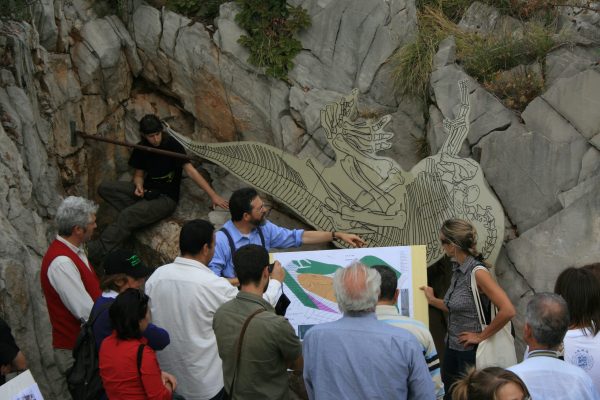
Initially, Antonio was believed to be a “dwarf species,” but the more recent findings suggest a different story. Instead of being a distinct species, Antonio appears to have been a young dinosaur that was part of the same herd, all of which perished together.
The fossils from this site have added another layer to our understanding of the social behavior and dynamics of these ancient reptiles.
